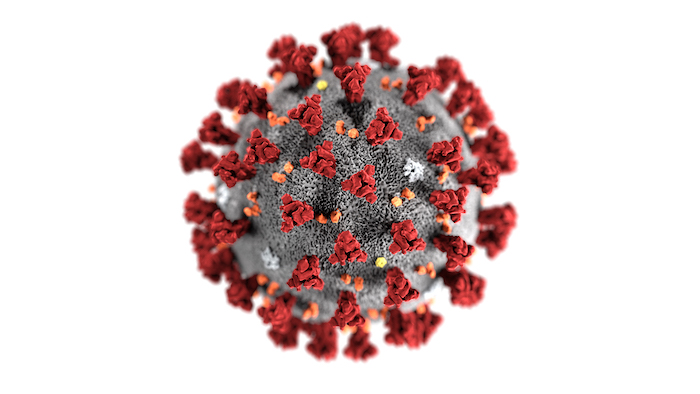OSHA has issues new guidelines that employers can use to reduce the impact and spread of the Covid-19 virus amongst businesses, workers, customers, and the general public. Employers should follow the steps below to help plan and implement appropriate control measures.
Develop an Infectious Disease Preparedness and Response plan:
- Stay updated on the guidance from Federal, State, Tribal, and/or territorial health agencies to incorporate their guidelines to specific workplace plans.
- Consider the level of risk associated with various workplaces, worksites, and job tasks that employees perform.
- Take note of employees’ individual risk factors (e.g., older age, presence of chronic medical conditions…)
Prepare to Implement Basic Infection Prevention Measures
- All employers should promote good hygiene and infection control practices such as:
- Frequent and through hand washing by all who employees, customers, and worksite visitors;
- encouraging proper coughing and sneezing etiquette;
- providing necessary tissues and trash receptacles for the workplace;
- establishing flexible worksites and hours to increase physical distance between employees; and
- maintaining a regular housekeeping practice to clean and disinfect surfaces, equipment, and other elements of the work environment.
Develop Policies and Procedures for Prompt Identification and Isolation of Sick People, when and if Appropriate
- Employers should develop policies and procedures for employees to report when they are sick or experiencing symptoms of Covid-19 (e.g., fever, sneezing, difficulty breathing…)
- Once employees show symptoms of Covid-19, employees should encourage self-isolation and move potentially infectious people to a location away from other workers, customers, and visitors.
- Take steps to limit the spread of Covid-19 by supplying face masks when feasible and available and asking those with symptoms to wear it.
- Protect workers in close contact with those exhibiting symptoms by providing personal protective equipment (PPE).
Develop, Implement, and Communicate about Workplace Flexibilities and Protections
- Encourage sick employees to stay at home.
- Implement flexible sick leave policies that are consistent with public health guidelines and make sure employees are aware of these policies.
- DO NOT require a healthcare providers notes for employees that are sick with acute respiratory illness in order to validate their illness or return to work.
- Recognize and maintain flexibility to each employees’ conditions to allow them to stay at home if a family member is sick.
- Provide appropriate training, education, and information regarding business essential job functions and worker health and safety.
Implement Workplace controls
- During a respiratory outbreak like this one, the most effective protection measures for workplaces are: engineering controls, administrative controls, safe work practices and using PPE.
- Engineering controls include installing high-efficiency air filter, increasing ventilation in the workplace, installing physical barriers (sneeze guards), using drive- through customer service and using specialized negative pressure ventilation.
- Administrative controls include minimizing contact with other by establishing alternating days or extra shifts to reduce the total number of employees in the workplace, discontinuing nonessential travel, providing employees with up to date education and training on the Covid-19 risk factors.
- Personal protective equipment must be selected based on the hazard to the worker, properly fitted and refitted, regularly replaced, and properly disposed of.
Follow Existing OSHA Standards
The OSHA webpage provides a complete list of standards to apply during this outbreak including information on proper PPE standards, the General Duty Clause, and OSHA’s Bloodborne Pathogens standards. All of these guidelines can be found on OSHA’s website. See here: www.osha.gov.
Further information regarding Covid-19 may be found below:
Occupational Safety and Health Administration website: www.osha.gov
Centers for Disease Control and Prevention website: www.cdc.gov
National Institute for Occupational Safety and Health website: www.cdc.gov/niosh

